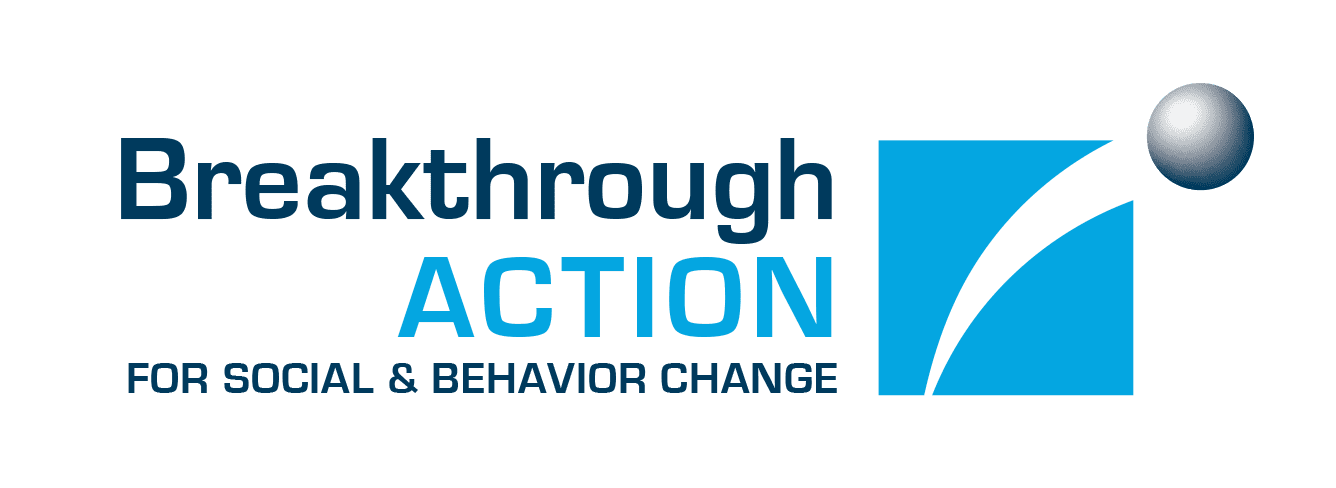Évaluation de la communication pour le changement social et comportemental, Module 5
Module 5 : Évaluation de la communication pour le changement social et comportemental est présenté par le Dr Marc Boulay et offrira aux participants une introduction sur les techniques d’évaluation et d’attribution de la causalité des interventions de la CCSC, en utilisant des exemples spécifiques au paludisme.
À propos de la série
L’objectif de cette série d’apprentissage, CCSC contre le paludisme fondée sur les preuves : de la théorie à l’évaluation du programme, est de fournir une vue d’ensemble sur la manière d’utiliser les données pour rendre les interventions CCSC plus robustes, en mettant l’accent sur le paludisme. Cela inclut des stratégies visant à encourager l’adoption à long terme de comportements liés au paludisme, tels que dormir sous une moustiquaire et rechercher des soins en cas de fièvre pour différents publics cibles : les femmes enceintes, les prestataires et les enfants de moins de 5 ans, par exemple.
Si vous souhaitez savoir comment rendre votre programme CCSC en matière de prévention du paludisme plus solide ou améliorer votre capacité à mesurer les résultats de votre programme, suivez ce cours composé de 5 modules. Chaque module est traité comme un cours distinct, avec sa propre évaluation finale et son propre certificat d’achèvement.
Les modules
- Raconter les comportements : la théorie comme approche narrative est présenté par le Dr Doug Storey et offrira aux participants une introduction sur les théories de base utilisées dans la communication pour le changement de comportement et de norme sociale, en utilisant des exemples spécifiques au paludisme.
- Recherche formative pour la CCSC : connaissez-vous votre public ? est présenté par le Dr Michelle R. Kaufman et offrira aux participants une introduction sur les bases de la recherche formative pour les programmes d’information de la CCSC, en utilisant des exemples spécifiques au paludisme.
- Le pré-test : une étape cruciale pour garantir l’efficacité de la CCSC sera présenté par le Dr Rupali Limaye et offrira aux participants une introduction sur les étapes cruciales des interventions de pré-test de la CCSC, en utilisant des exemples spécifiques au paludisme.
- Suivi des interventions CCSC sur le paludisme est présente par le Dr Hannah Koenker et offrira aux participants une introduction à plusieurs approches et indicateurs pour suivre les activités de CCSC relatives au paludisme.
- Évaluation de la communication pour le changement social et comportemental est présenté par le Dr Marc Boulay et offrira aux participants une introduction sur les techniques d’évaluation et d’attribution de la causalité des interventions de la CCSC, en utilisant des exemples spécifiques au paludisme.




